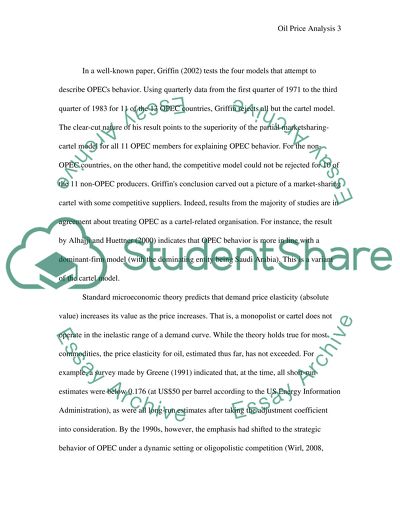Cite this document
(“Oil/petrol price analysis Essay Example | Topics and Well Written Essays - 1500 words”, n.d.)
Retrieved from https://studentshare.org/environmental-studies/1411815-oil-petrol-price-analysis
Retrieved from https://studentshare.org/environmental-studies/1411815-oil-petrol-price-analysis
(Oil/Petrol Price Analysis Essay Example | Topics and Well Written Essays - 1500 Words)
https://studentshare.org/environmental-studies/1411815-oil-petrol-price-analysis.
https://studentshare.org/environmental-studies/1411815-oil-petrol-price-analysis.
“Oil/Petrol Price Analysis Essay Example | Topics and Well Written Essays - 1500 Words”, n.d. https://studentshare.org/environmental-studies/1411815-oil-petrol-price-analysis.


